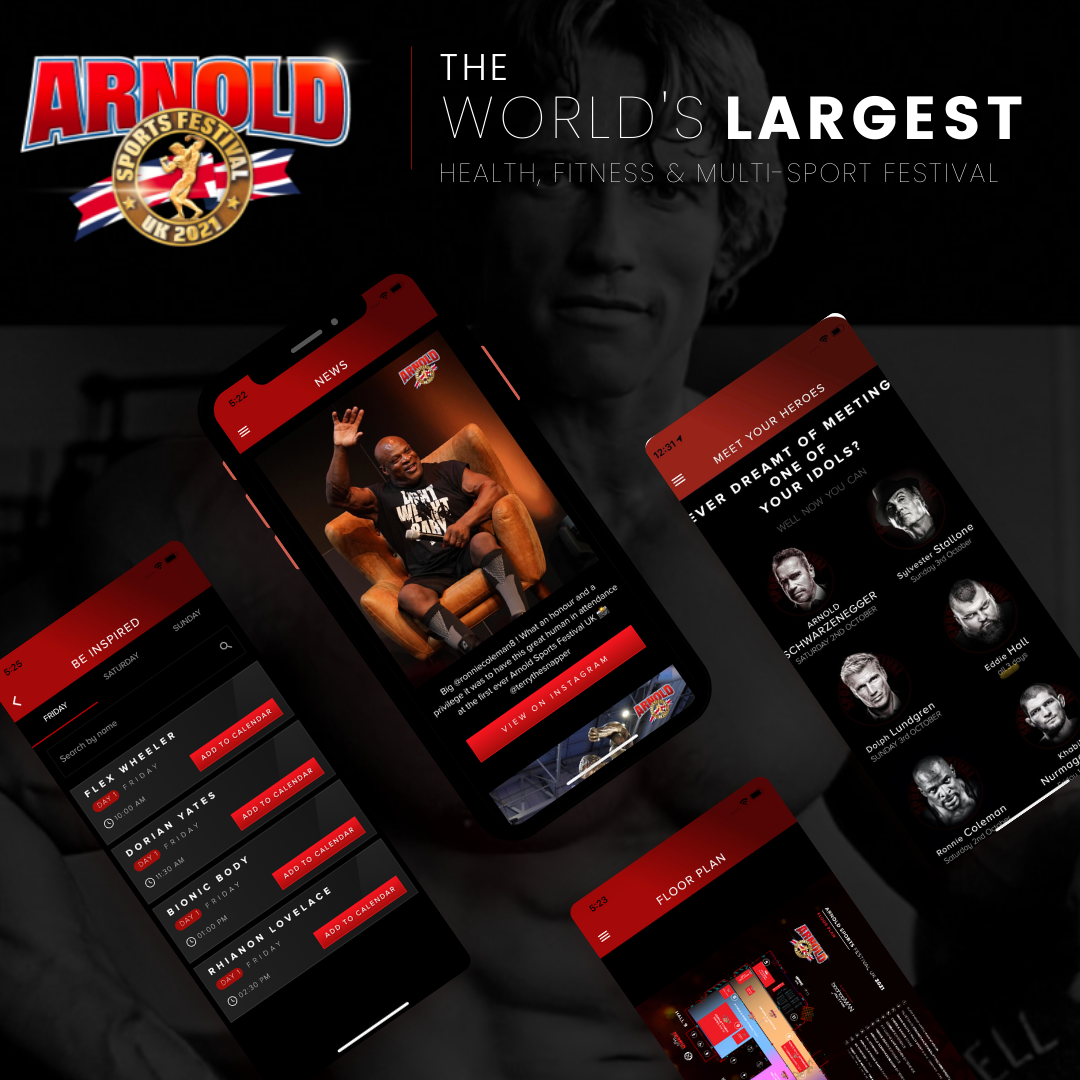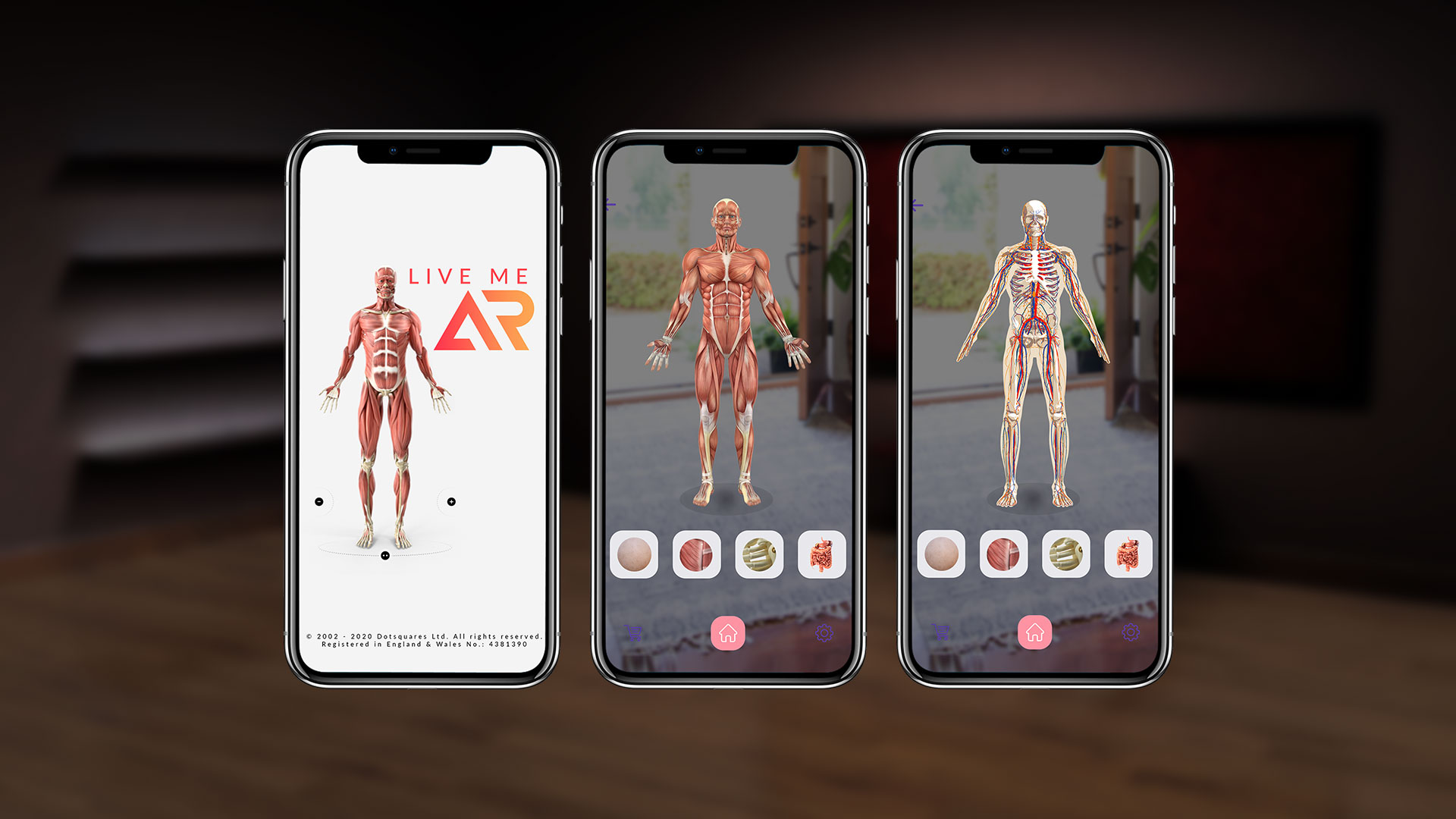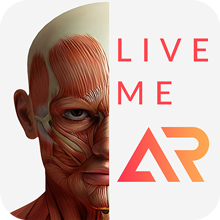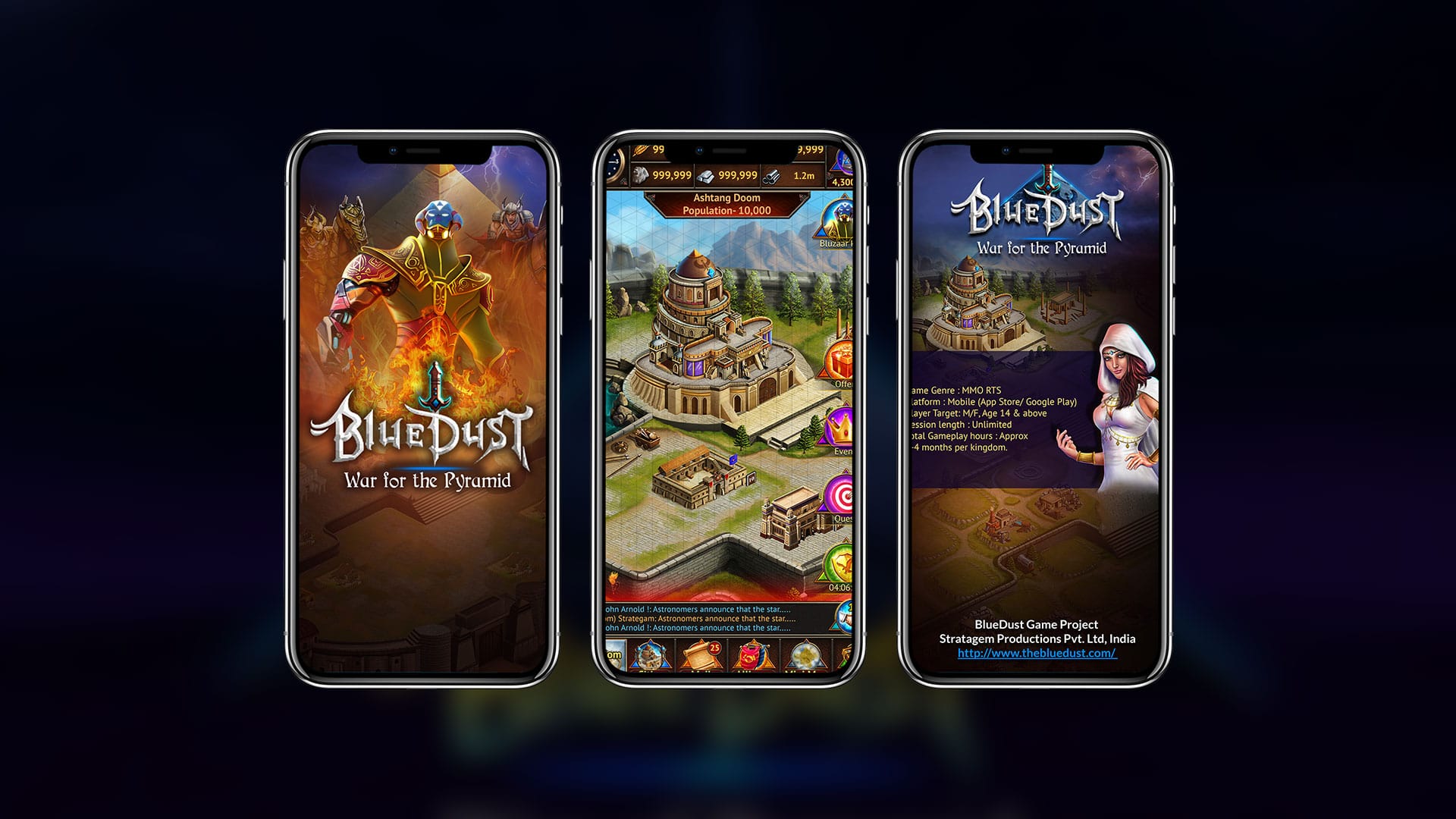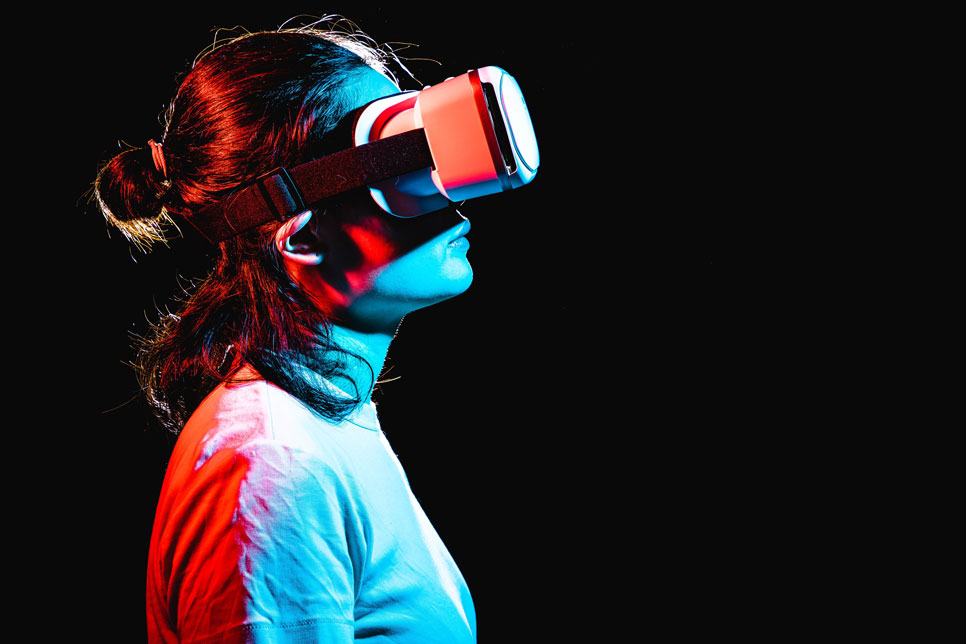
The ongoing pandemic crisis and the worldwide lockdowns have taught organizations some hard lessons on managing employees, business operations, and, most notably, their customers. Undoubtedly this pandemic has made companies realize how important it is to embrace digital transformation if they wish to survive in the market for the long run. This recognition certainly raises the opportunities for digital technologies and solutions. Here immersive technologies like AR, VR, and MR come into the picture playing a vital role.
Today, these immersive technologies have become an integral part of our lives. However, AR, VR, and MR are usually seen as gaming technologies. But the real picture is entirely different; now, these technologies have expanded their significance almost in every sector. From healthcare, gaming, education, retail, real estate to logistics and supply chain, you can easily see the wide use of these superior technologies to a great extent.
So, what are these immersive technologies? How have these immersive techs become the breakout stars of the post-pandemic world? And, why is it time for organizations to adopt these tech stacks for their business?
To answer all these questions, we have come up with this post explaining the concept, types, ways, and practical use cases that help you understand why it has the time for you to switch your business operations to digital with these immersive techs.
Without any further ado, let’s get started with the concept-
Immersive technology: An Overview
Immersive technologies create distinct experiences by merging the physical world with digital or simulated Reality. Augmented Reality (AR) and Virtual Reality (VR) are two principal types of immersive technologies. These technologies share many of the same qualities. However, AR blends computer-generated information onto the user’s actual environment, while VR uses computer-generated information to provide a complete sense of immersion.
Most investment in immersive technologies has occurred in the gaming industry. Since Oculus Rift, many gaming companies have created VR games. One of the most popular games, Beat Saber, sold 1 million copies in just nine months. Healthcare has also been at the forefront of immersive technology adoption. Already, surgeons are using AR headsets to visualize where to make incisions on the body and pull up patients’ health information during operations. In education, AR allows students to visualize text and interactive elements in lectures. Similarly, Google Expeditions enables students to go on “field trips” without leaving the classroom.
Market Size:
According to Statista.com, in 2020, estimates suggest that the consumer market for immersive technology will bring in around 6.3 billion dollars in revenue around the world. The single largest segment of the market is virtual Reality, accounting for less than half of that total. At the same time, mobile augmented reality and augmented/mixed reality headsets will bring in around 3.7 billion dollars combined.
Bringing immersive experiences into the real world
Types of Immersive Technologies
360 is the most basic and probably the most familiar immersive technology out there. These days, 360 content can be seen practically anywhere online – especially on YouTube and Facebook. Most modern smartphones will also enable you to create a 360 image by using the “photosphere” feature, so citizen creators also have the ability to relatively quickly create 360-degree images of wherever you are or whatever you want to show people! Similarly, the cost of the equipment to develop 360 imagery has also gone down considerably.
The 360 content found on social platforms like YouTube and Facebook ranges from user-generated to brand-sponsored content. No surprise there, as this new format gives content creators more space to work with and allows users to explore content by looking in any direction.
Virtual Reality is another very familiar type of immersive technology, mainly because it has been quite the buzzword for years. With VR, a user is completely shut out from the rest of the world while surrounded by content. Through a head-mounted display (HMD), whatever content the user experiences in the headset becomes their “reality” – allowing users to experience real and imagined worlds as if they are there.
The world of Immersive Technology can be confusing because of all the terms involved. You might have heard terms like 360 VR, True VR, Mobile VR and wonder if there’s a difference between all of them.
360 vs. 360 VR
While essentially the same thing, 360 VR content is 360 content with VR mode- Users can view the 360 content in a cardboard headset or even a mobile 360 VR headset when in VR mode. By itself (without VR mode), 360 content can be experienced without the help of an HMD and is best experienced on mobile.
True VR
Because of all the terms connected to VR, True VR was coined to refer to the “real” Virtual Reality. Why “real” or “true”? True VR uses headsets that require powerful computers or consoles. Examples are the Oculus Quest 2, HTC Vive, Oculus Rift, Playstation VR, etc. These HMDs are so powerful that they also leverage sensors (separate from the HMD) that keep track of a person’s movement and surroundings. The sensors would then adjust the VR content to whatever is within a user’s environment.
True VR uses powerful computers and sensors. It primarily uses CGI and 3D modeling for content (more below). Most of these VR experiences are tethered (cables connecting HMD to computer), but the Oculus Quest 2 offers an all-in-one VR experience that’s wire-free! How’s that for innovation.
Mobile VR Mobile VR leverages HMDs that are connected to smartphones. Examples of these are the now-discontinued Samsung Gear VR or even Google’s Daydream headset. We’ve even seen cheap mobile VR headsets in retail office supply stores and even in clothing stores! Some might even consider Google Cardboard as Mobile VR as well.
360 VR vs. In-VR 360 VR content is VR at its most basic
It doesn’t take into consideration depth. In-VR content, on the other hand, does consider depth (it’s stereoscopic). This means that users can use their device to explore content by looking in any direction, but the content merely surrounds them. This means that when a person views something “in-VR,” they can move closer to an object or move further away, and the content adjusts to that. This is why In-VR experiences typically use CGI and 3D modeling.
AR Augmented Reality (AR) is a different type of Immersive Technology where digital images are presented on top of the real world. This means that users who leverage AR aren’t entirely shut off from the world. Instead, AR extends its Reality. A great example of AR is Snapchat Filters. With Snapchat Filters, you can overlay digital images of a puppy, cat, movie star, etc., onto your face. You can even move your phone around and see clouds around you or stars.
Another familiar example is Pokemon Go, where users can walk around their neighborhood with their mobile phones and find Pokemon overlaid on the user’s environment. Even stores like Target and Ikea have their AR apps where users can choose a product (like furniture) and place it virtually in their homes. This enables them to test out how products look with their other furniture or even provide an idea of how big the piece of furniture will be. Essentially, it allows consumers to “try out” a product before even buying it.
Mixed Reality (MR) Mixed Reality (MR) is somewhat a combination of AR and VR
Like VR, MR also uses an HMD. Unlike VR, however, a user is not shut out from the rest of the world. Instead, the HMD is more like a pair of glasses that overlays digital images on top of your environment (just like AR). Because of this, MR is sometimes called AR 2.0. An MR headset that is currently available to the market is the Microsoft Hololens. There’s also the recently launched Magic Leap. The question is: is MR “better” than the rest?
Some say yes as MR takes Immersive Technology to the next level because it serves as the future computer. On their website for the HoloLens, Microsoft describes it best by saying it is a “holographic computer.” This takes “extending reality” to the next level. As Mixed Reality continues to evolve, we might just be looking into a future where desktops and laptops are no longer a thing, and all of our computer work is done with the help of an MR headset.
What Does the Future Hold for Immersive Technology?
Current innovations in immersive technologies and their applications across industry sectors highlight the potential of VR, AR, and MR to transform business activity and give us a glimpse into an immersive future.
Over the past few years, advances in immersive tech in technical functionality, creativity, and usability have been mind-blowing. But to truly revolutionize the world of business, the immersive tech sector needs to focus on addressing real-world challenges across firms and the overall economy. And for companies looking to innovate to thrive, it’s crucial to identify the ROI in introducing immersive tech through recognizing its impact in supporting growth, streamlining operations, nurturing employees’ skills, and connecting with customers.
To get in touch to discuss your next project, contact us.
